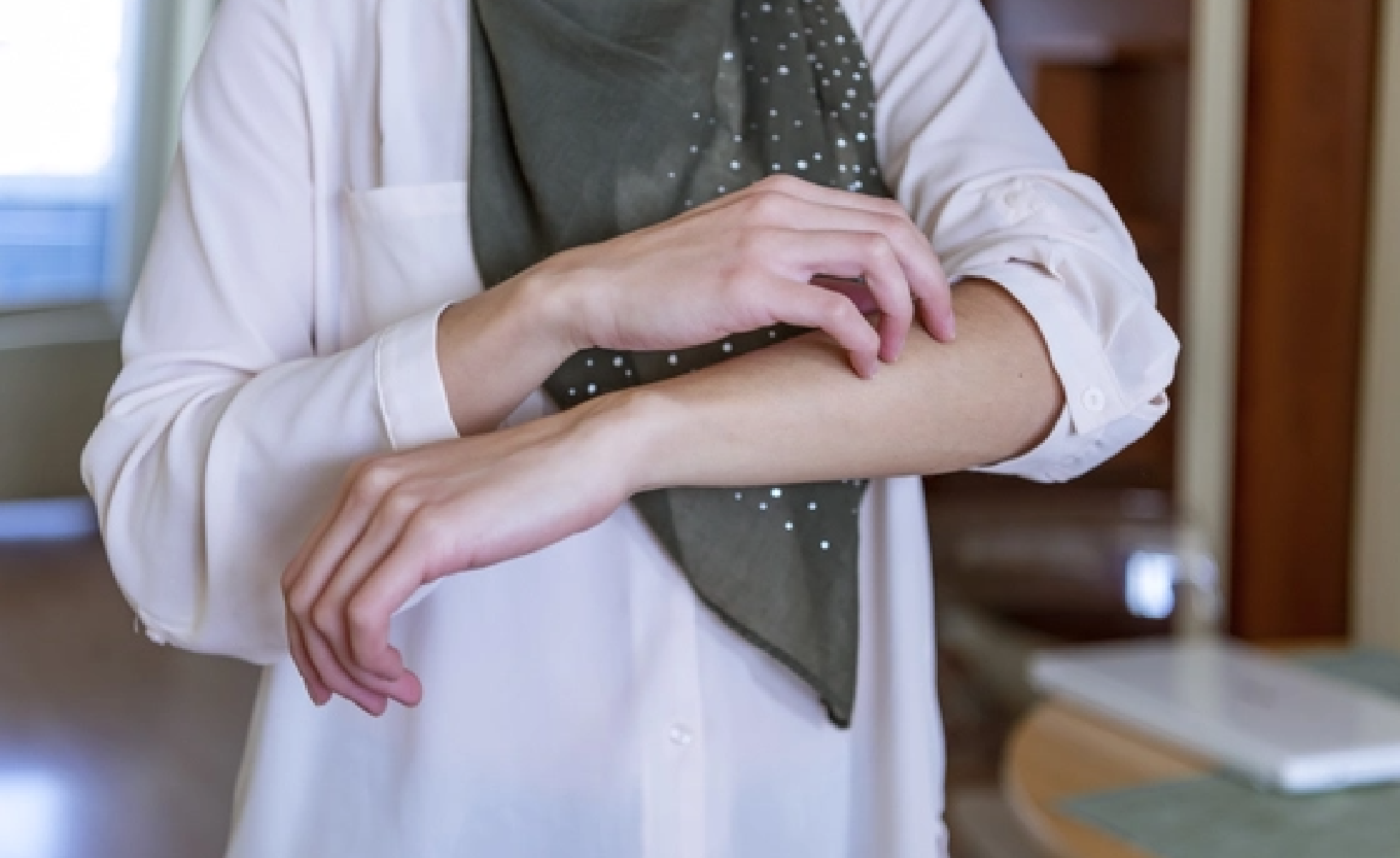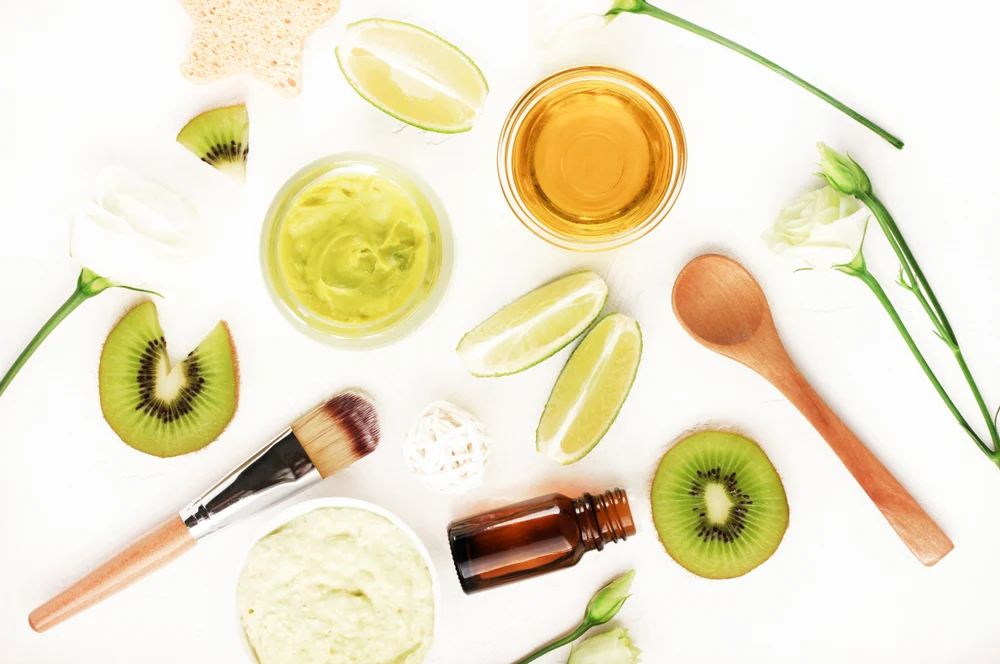Discoloration/Uneven Tone
Hyperpigmentation is the most common cause of uneven skin tone and texture due to excess melanin production in the skin triggered by chronic sun exposure. Spending too much time in the sun without adequate sun protection can increase the risk of sun damage resulting in age spots, fine lines, and wrinkles. Other causes of dark spots and discolorations include hormonal changes (melasma), acne and scarring, aging, air pollution, smoking, illness or injury to the skin.
Rough, Dry Skin
Uneven skin texture is generally caused by the buildup of excess dead skin cells on the surface of the skin resulting in skin that appears rough, dry and dull. When skin loses water too quickly, it also becomes dry. This can happen for any number of reasons including cleansing products that strip the skin of vital lipids, taking long hot showers, and living in a cold, dry place. With age, our skin produces less sebum, an oil that helps moisturize and protect the skin. By age 40, the amount of sebum your body makes drops dramatically. Certain conditions, like diabetes, thyroid disease, or kidney disease, and the medications and treatments used to treat these and other conditions can also cause dry skin.
Bumpy Skin
Keratosis pilaris(KP) is a very common and harmless skin condition, which appears as tiny bumps on the skin. Some say the bumps look like goosebumps or the skin of a plucked chicken. Though often mistaken for small pimples, these rough-feeling bumps are actually plugs of dead skin cells that clog pores (also known as hair follicles). Every hair on our body grows out of a hair follicle. When dead skin cells accumulate and clog many hair follicles, the result is rough, dry patches of keratosis pilaris.
People of all ages and races can get KP, but for most, it either begins before 2 years of age or during the teenage years with 50 to 80 percent of teens and 40 percent of adults affected. In teens and adults, KP usually appears on the upper arms and thighs, while bumps may also appear on the cheeks in children. KP is also more common in families with a history of eczema, allergies and asthma.
Keratosis pilaris does not require treatment, but if the appearance of these bumps bothers you, treatment can help ease symptoms and help you see smoother, softer skin.
For tips on how to improve tone + texture check out our How to Improve Tone + Texture artice.
References:
Hyperpigmentation - American Osteopathic College of Dermatology (AOCD)
How to fade dark spots in darker skin tones (aad.org)
Dry skin: Who gets and causes (aad.org)
Pennycook KB, McCready TA. Keratosis Pilaris. 2022 Jun 27. In: StatPearls [Internet]. Treasure Island (FL):
StatPearls Publishing; 2022 Jan–. PMID: 31536314.
Keratosis pilaris: Overview (aad.org)




